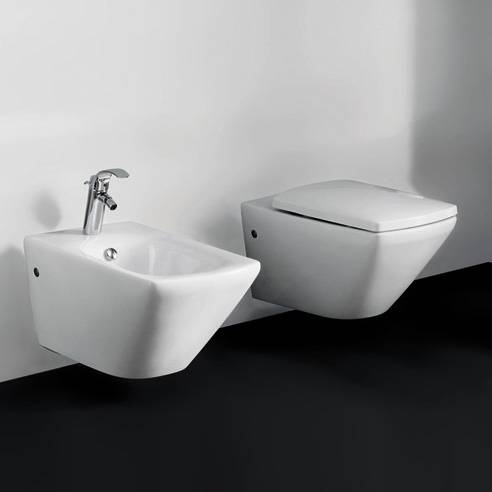
-
 Afrikaans
Afrikaans -
 Albanian
Albanian -
 Amharic
Amharic -
 Arabic
Arabic -
 Armenian
Armenian -
 Azerbaijani
Azerbaijani -
 Basque
Basque -
 Belarusian
Belarusian -
 Bengali
Bengali -
 Bosnian
Bosnian -
 Bulgarian
Bulgarian -
 Catalan
Catalan -
 Cebuano
Cebuano -
 Corsican
Corsican -
 Croatian
Croatian -
 Czech
Czech -
 Danish
Danish -
 Dutch
Dutch -
 English
English -
 Esperanto
Esperanto -
 Estonian
Estonian -
 Finnish
Finnish -
 French
French -
 Frisian
Frisian -
 Galician
Galician -
 Georgian
Georgian -
 German
German -
 Greek
Greek -
 Gujarati
Gujarati -
 Haitian Creole
Haitian Creole -
 hausa
hausa -
 hawaiian
hawaiian -
 Hebrew
Hebrew -
 Hindi
Hindi -
 Miao
Miao -
 Hungarian
Hungarian -
 Icelandic
Icelandic -
 igbo
igbo -
 Indonesian
Indonesian -
 irish
irish -
 Italian
Italian -
 Japanese
Japanese -
 Javanese
Javanese -
 Kannada
Kannada -
 kazakh
kazakh -
 Khmer
Khmer -
 Rwandese
Rwandese -
 Korean
Korean -
 Kurdish
Kurdish -
 Kyrgyz
Kyrgyz -
 Lao
Lao -
 Latin
Latin -
 Latvian
Latvian -
 Lithuanian
Lithuanian -
 Luxembourgish
Luxembourgish -
 Macedonian
Macedonian -
 Malgashi
Malgashi -
 Malay
Malay -
 Malayalam
Malayalam -
 Maltese
Maltese -
 Maori
Maori -
 Marathi
Marathi -
 Mongolian
Mongolian -
 Myanmar
Myanmar -
 Nepali
Nepali -
 Norwegian
Norwegian -
 Norwegian
Norwegian -
 Occitan
Occitan -
 Pashto
Pashto -
 Persian
Persian -
 Polish
Polish -
 Portuguese
Portuguese -
 Punjabi
Punjabi -
 Romanian
Romanian -
 Russian
Russian -
 Samoan
Samoan -
 Scottish Gaelic
Scottish Gaelic -
 Serbian
Serbian -
 Sesotho
Sesotho -
 Shona
Shona -
 Sindhi
Sindhi -
 Sinhala
Sinhala -
 Slovak
Slovak -
 Slovenian
Slovenian -
 Somali
Somali -
 Spanish
Spanish -
 Sundanese
Sundanese -
 Swahili
Swahili -
 Swedish
Swedish -
 Tagalog
Tagalog -
 Tajik
Tajik -
 Tamil
Tamil -
 Tatar
Tatar -
 Telugu
Telugu -
 Thai
Thai -
 Turkish
Turkish -
 Turkmen
Turkmen -
 Ukrainian
Ukrainian -
 Urdu
Urdu -
 Uighur
Uighur -
 Uzbek
Uzbek -
 Vietnamese
Vietnamese -
 Welsh
Welsh -
 Bantu
Bantu -
 Yiddish
Yiddish -
 Yoruba
Yoruba -
 Zulu
Zulu
broken upper control arm
Understanding Broken Upper Control Arms and Their Impact on Vehicle Performance
The upper control arm is a critical component of a vehicle’s suspension system, playing a vital role in maintaining proper alignment and handling. A broken upper control arm can lead to a series of performance issues and compromises the safety of your vehicle. Understanding the functions of this part, the causes of its failure, and the signs of trouble can help drivers take timely action to avoid more severe problems.
What is an Upper Control Arm?
The upper control arm connects the chassis of a vehicle to the wheel assembly, allowing for controlled movement of the wheel while ensuring the stability of the suspension. It works in conjunction with the lower control arm to provide a smooth ride, absorbing shocks from the road and maintaining tire contact for better traction. The design of the upper control arm varies between vehicles, but they typically feature a pivot point at the chassis and a connection at the wheel hub, enabling controlled motion during driving.
Causes of Failure
Several factors can lead to a broken upper control arm. One of the most common reasons is wear and tear due to age and mileage. Over time, the bushings and joints that connect the control arm can deteriorate, leading to increased play in the suspension system. Additionally, driving conditions significantly affect the lifespan of control arms. Continuous exposure to rough roads, potholes, and off-road driving can accelerate wear, as can poor maintenance practices.
broken upper control arm

Corrosion is another significant issue, particularly in regions where roads are treated with salt during winter months. Salt can lead to rust, weakening the control arm and making it more susceptible to breakage. Modifications to the vehicle, such as lowering or lifting kits, can also put undue stress on control arms, increasing the likelihood of failure.
Signs of a Broken Upper Control Arm
Recognizing the signs of a malfunctioning upper control arm early can save you time and money. Drivers may experience a variety of symptoms, including unusual tire wear, where the tires may show uneven or excessive tread wear. Additionally, you might notice a decrease in handling performance, as the vehicle may pull to one side or experience a loose steering response.
Another clear indicator is noise. A broken upper control arm often produces clunking or rattling sounds when driving over bumps or during sharp turns. If you find yourself experiencing these issues, it’s crucial to have your suspension system inspected immediately.
Conclusion
In summary, the upper control arm is a fundamental part of your vehicle's suspension that requires attention. Understanding the potential causes of failure and recognizing the signs early can prevent more severe consequences, including accidents or further vehicular damage. Regular inspections and maintenance are key to ensuring the longevity of your vehicle's suspension system. If you suspect an issue, it's advisable to consult a qualified mechanic who can assess the condition of your upper control arms and make any necessary repairs to keep your vehicle safe and performing optimally.







